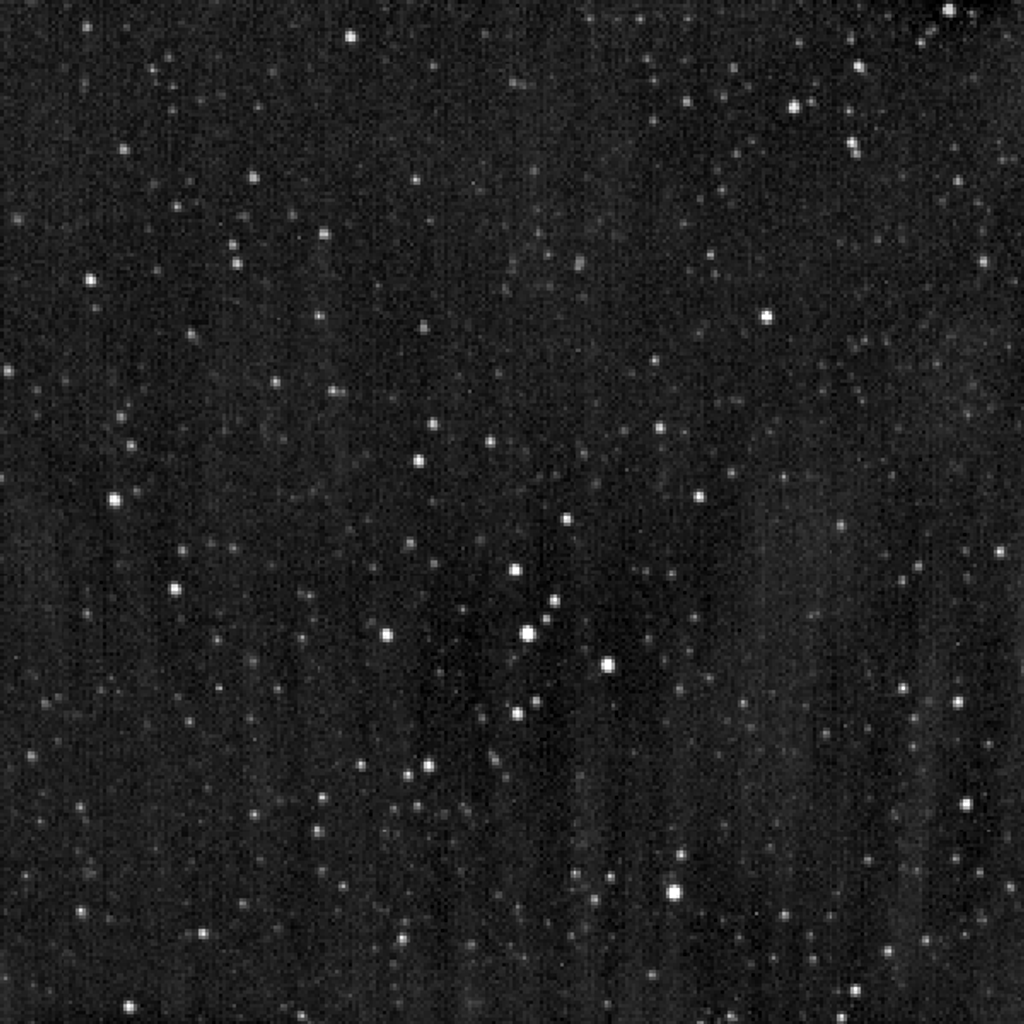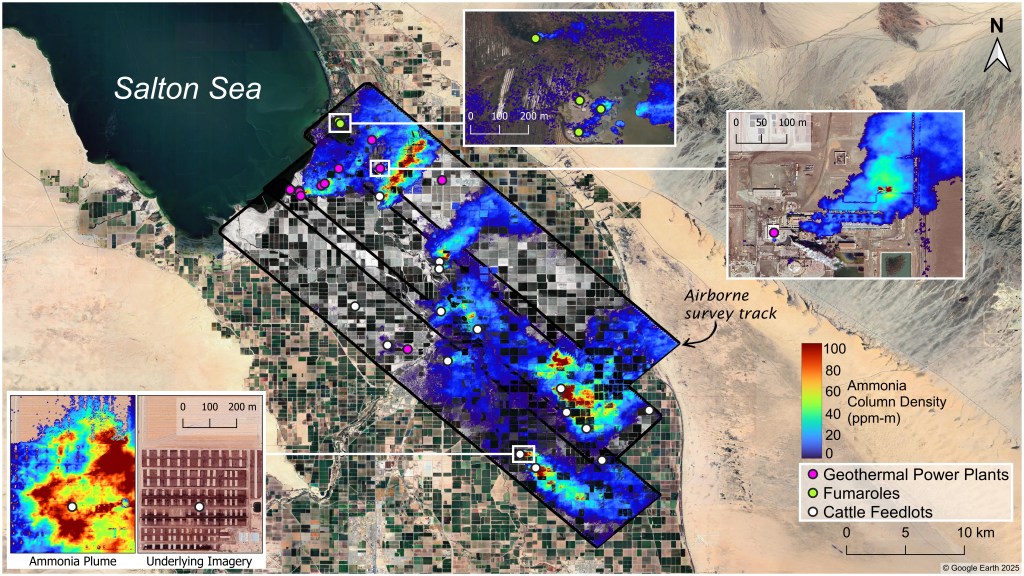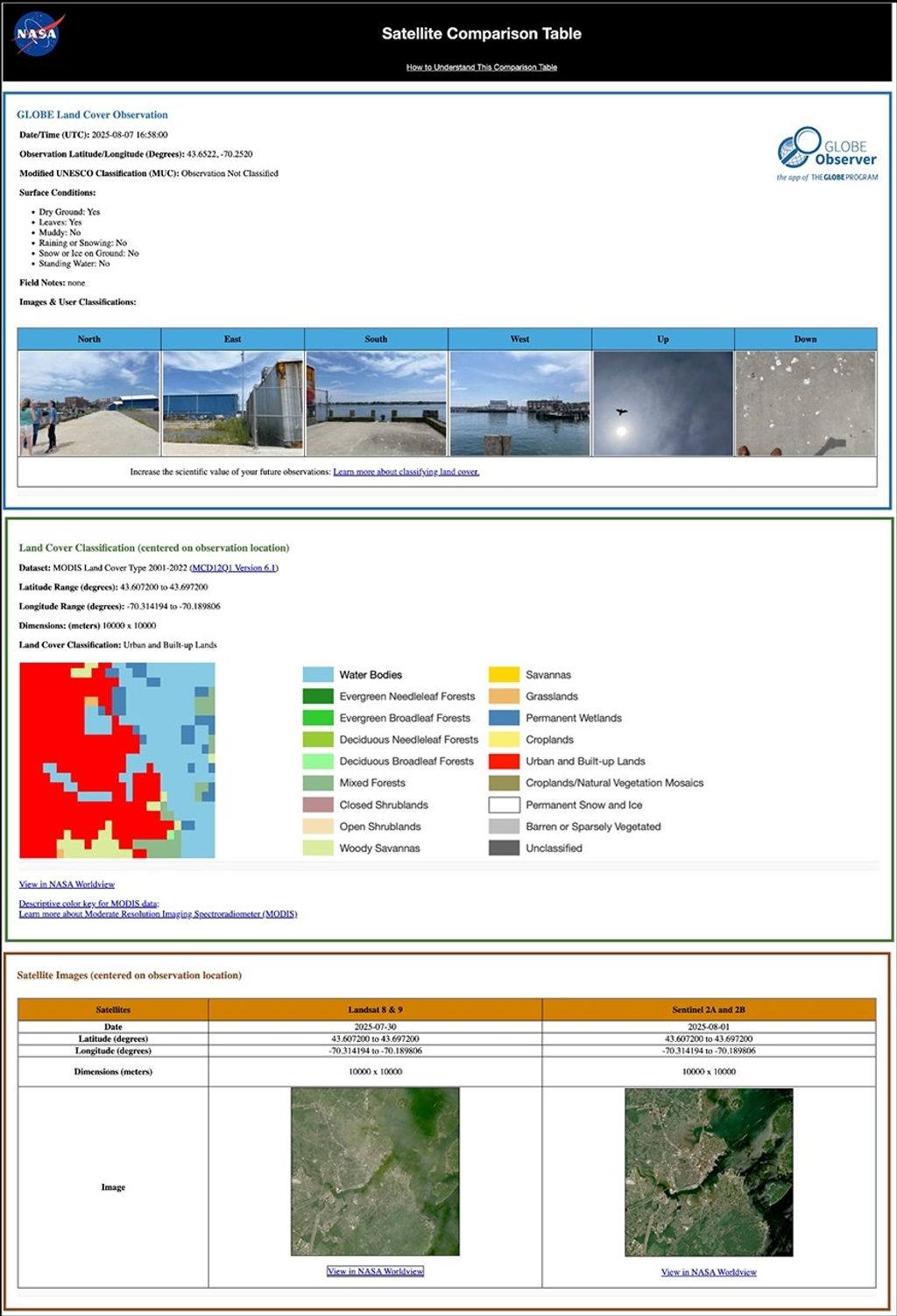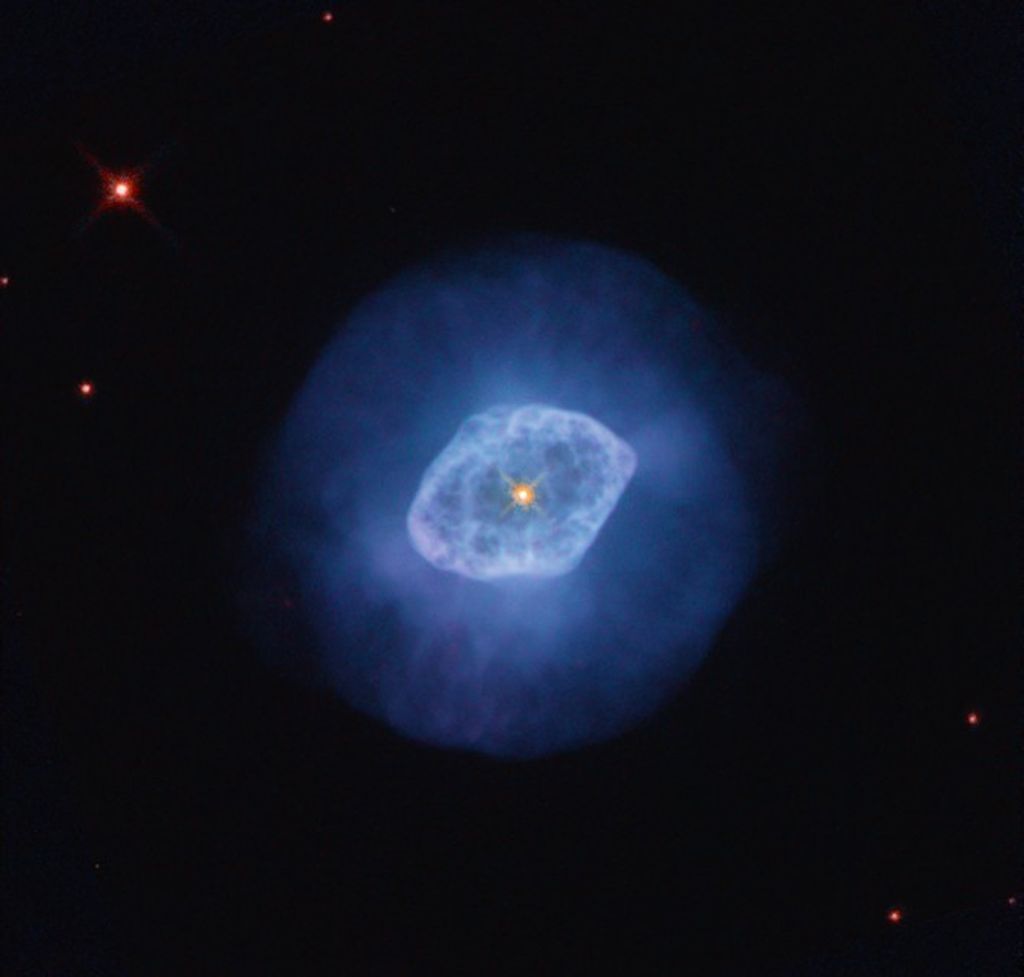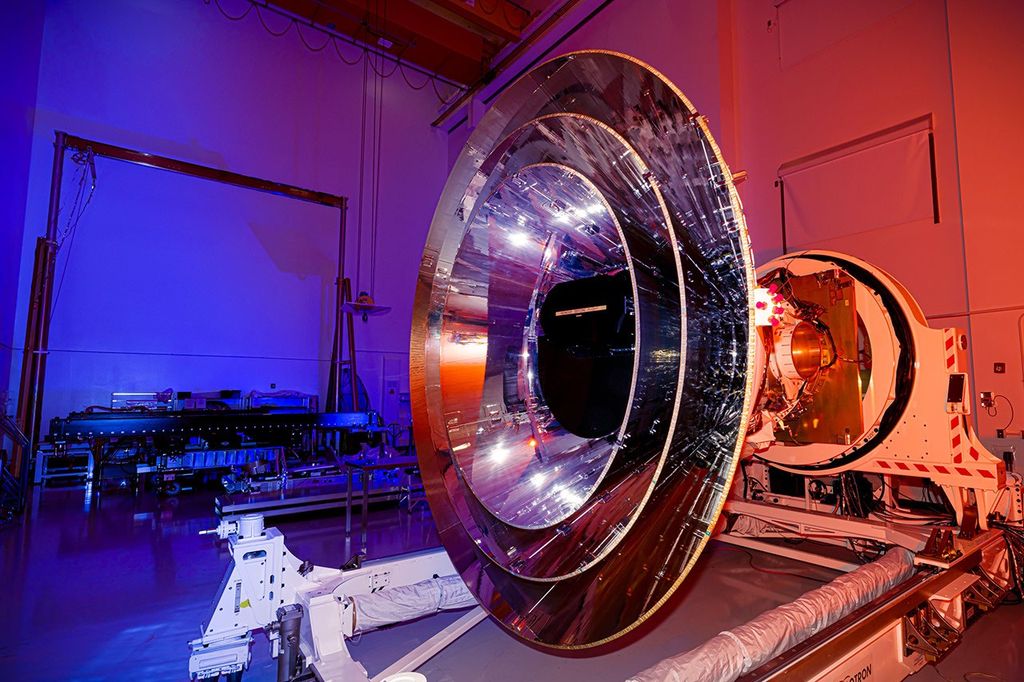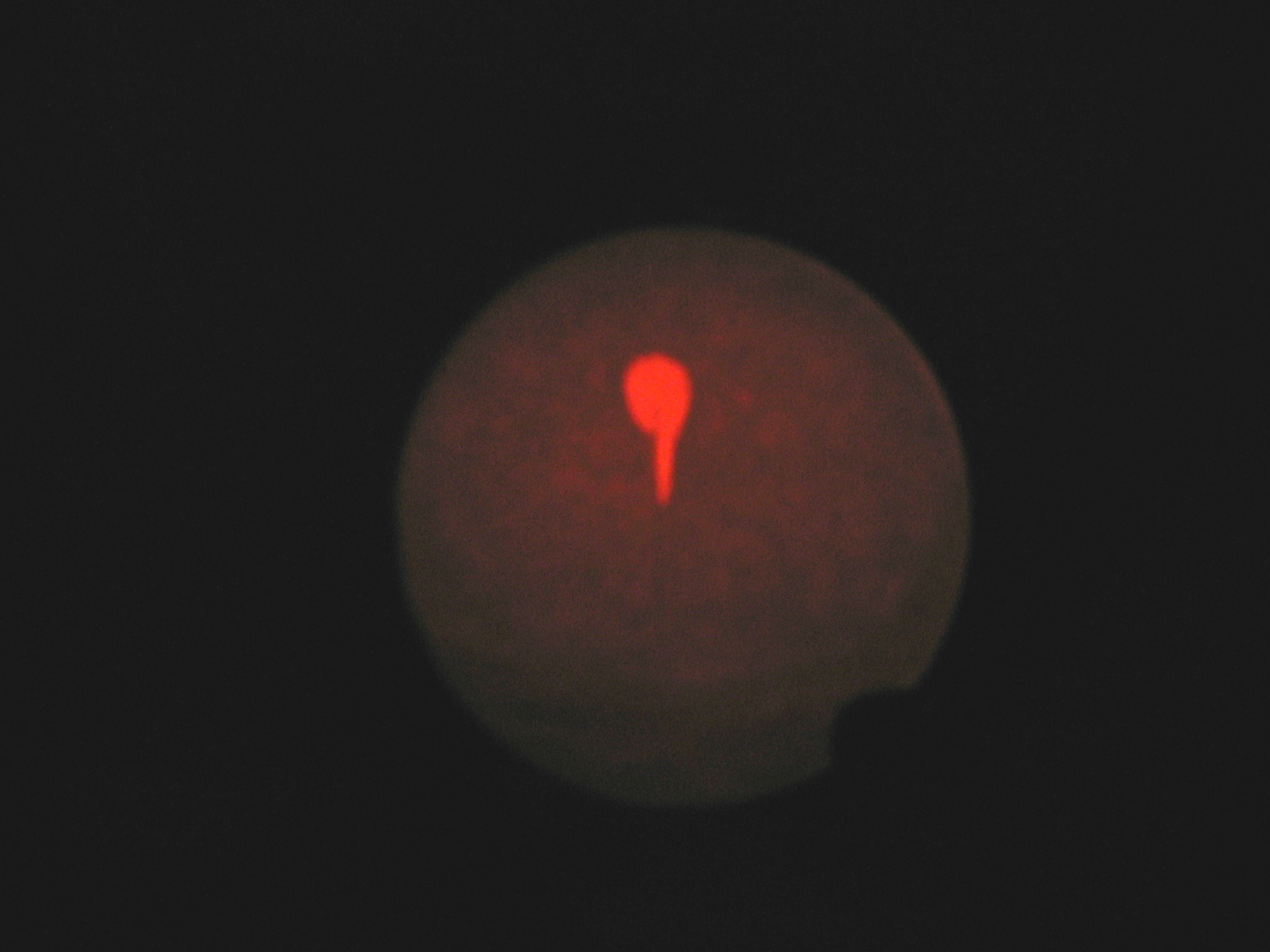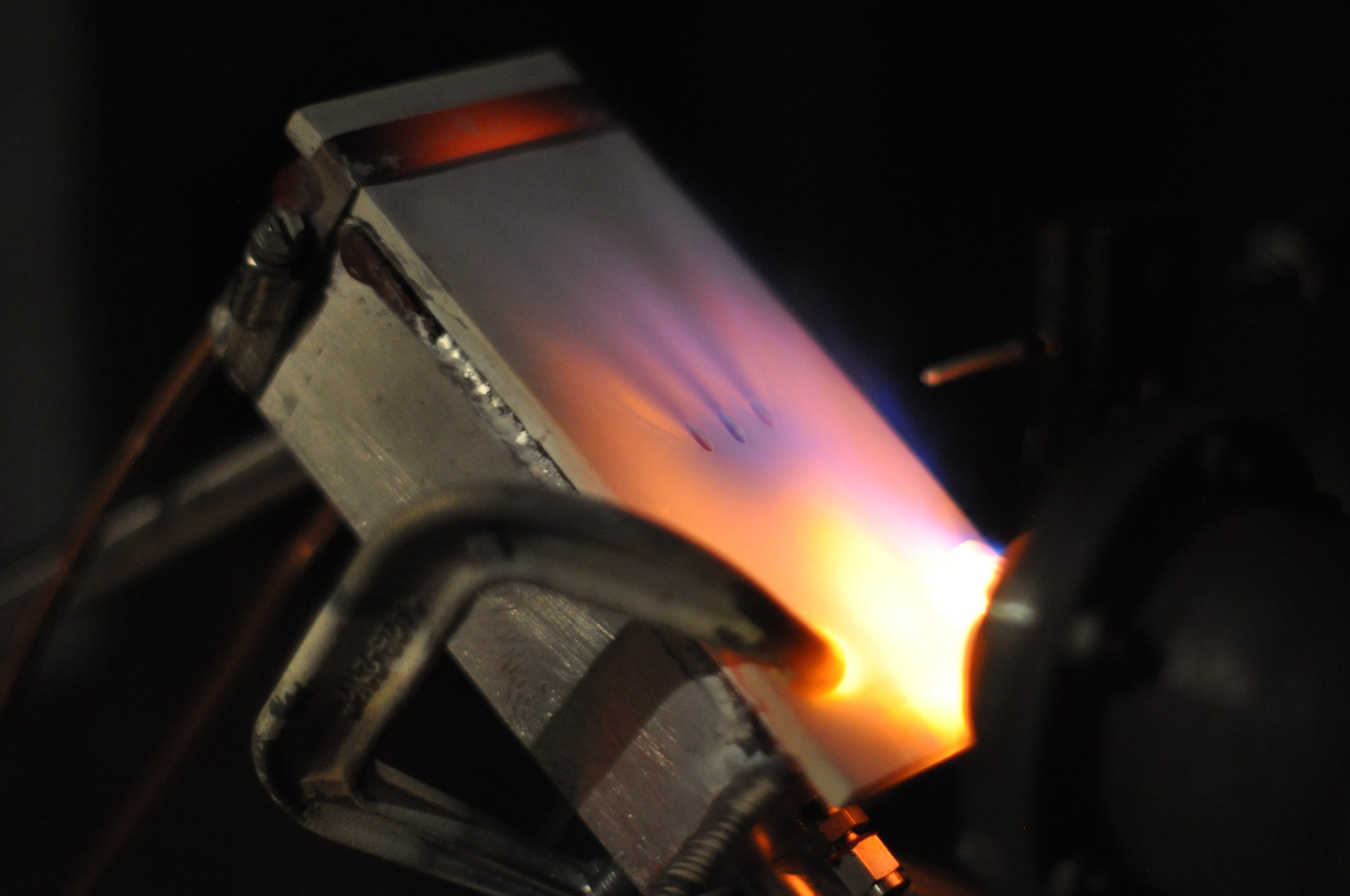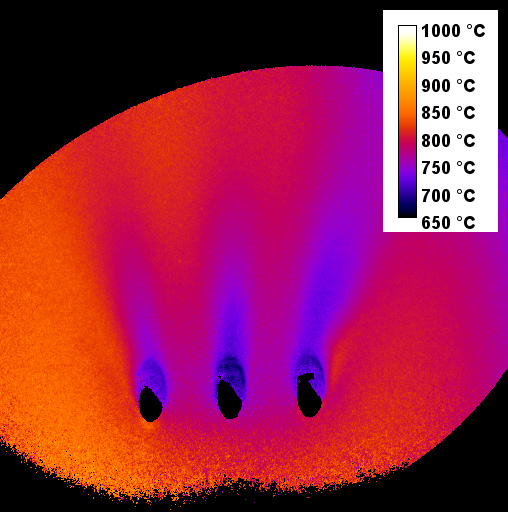Phosphor Thermometry and Health Monitoring
NASA is developing luminescence-based diagnostics for non-contact monitoring of turbine coatings, ensuring performance, durability, and safety at high temperatures.
Overview
Practical and reliable diagnostic tools are needed for temperature mapping and health monitoring of protective coatings that are necessary to protect advanced turbine engine components. These coatings can increase engine operating temperature, reduce cooling, lower emissions, and improve engine efficiency and reliability.
Thermal barrier coatings (TBCs) composed of ceramic oxides like yttria-stabilized zirconia are used for thermal protection of underlying superalloy metal components with surface temperatures up to 1,200°C, whereas environmental barrier coatings (EBCs) composed of layered ceramic oxides like ytterbium disilicate are used to prevent material loss/recession of underlying ceramic matrix composite components at surface temperatures to above 1,500°C.
Degradation or loss of TBCs or EBCs can lead to decreases in engine performance, shorter component lifetimes, and higher safety risks, so temperature mapping and coating health monitoring are needed to confirm coating performance and health. Luminescence-based diagnostics have been developed at NASA’s Glenn Research Center in Cleveland to take advantage of being non-contact, insensitive to surface emissivity, and coating depth-selective.
Smart TBCs for Health Monitoring
TBCs can gradually erode in an engine environment and need to be replaced before the remaining TBC thickness is insufficient for providing thermal protection. Luminescent dopants can be incorporated into TBC layers to provide color-coded depth indication, similar in function to a tire tread wear indicator.
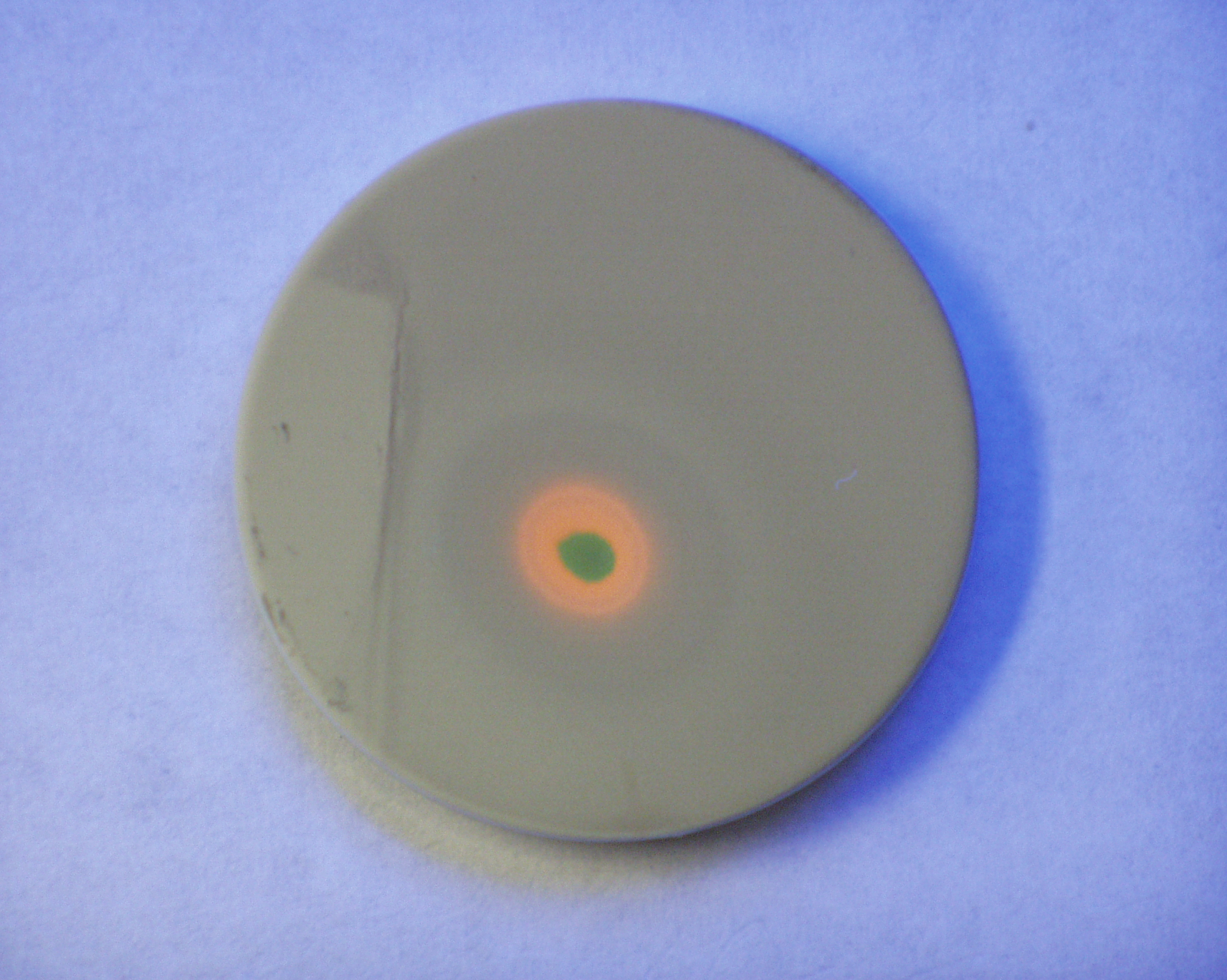
TBCs can also fail by delamination (debonding) that can eventually lead to TBC loss by spallation. Monitoring progression of TBC delamination from very early stages is accomplished by integrating a luminescent dopant into a thin layer at the bottom of the TBC. Delamination contrast, even at very early stages of TBC delamination, is produced by increased brightness due to increased reflection of both the excitation and luminescence emission at the TBC/delamination crack interface.
Luminescence Lifetime-Based Temperature Mapping
Luminescence lifetime-based temperature sensing using thermographic phosphors has been shown to offer significant advantages over thermocouples, pyrometers, and thermal imagers. In particular, the non-contact luminescence lifetime approach overcomes the attachment issue associated with thermocouples and the issues of unknown emissivity and interference by reflected radiation associated with pyrometers and thermal imagers. Temperature mapping of protective coating surfaces as well as the coating/component interface are needed to establish the thermal protection performance of TBCs and EBCs as well as the effectiveness of cooling strategies such as air film-cooling.
Luminescence lifetime-based temperature sensing is based on the decrease in luminescence emission decay time that occurs with increasing temperatures. Erbium ion dopants have been incorporated into either the surface layer or bottom layer of yttria stabilized zirconica TBCs. Using luminescence lifetime imaging, the temperature at each pixel can be determined from the measured luminescence emission decay time at that pixel. This approach has been used to measure the effectiveness of air jet cooling of TBC-coated superalloy metal plates tested in the NASA Glenn Mach 0.3 burner rig facility. This approach with different temperature-sensing layer compositions is in the process of being adopted for temperature mapping of EBC-coated ceramics at temperatures to above 1,500°C.
Successful development of high emission intensity thermographic phosphor temperature-sensing layers for application above 1,000°C has exceeded previous state-of-the-art capabilities and is available for tech transfer opportunities through patent licensing.
Contact
| Area of Expertise | Researcher Name | |
|---|---|---|
| Phosphor Thermometry and Health Monitoring | Jeff Eldridge | jeffrey.i.eldridge@nasa.gov |
Video
NASA’s Luminescence-Based Temperature Mapping and Sensing System Webinar
Projects supported by this research:
Transformational Tools and Technologies Project
NASA is developing advanced tools to predict aircraft performance, isolating complex turbulent airflow around vehicles and propulsion systems.
Learn More about Transformational Tools and Technologies Project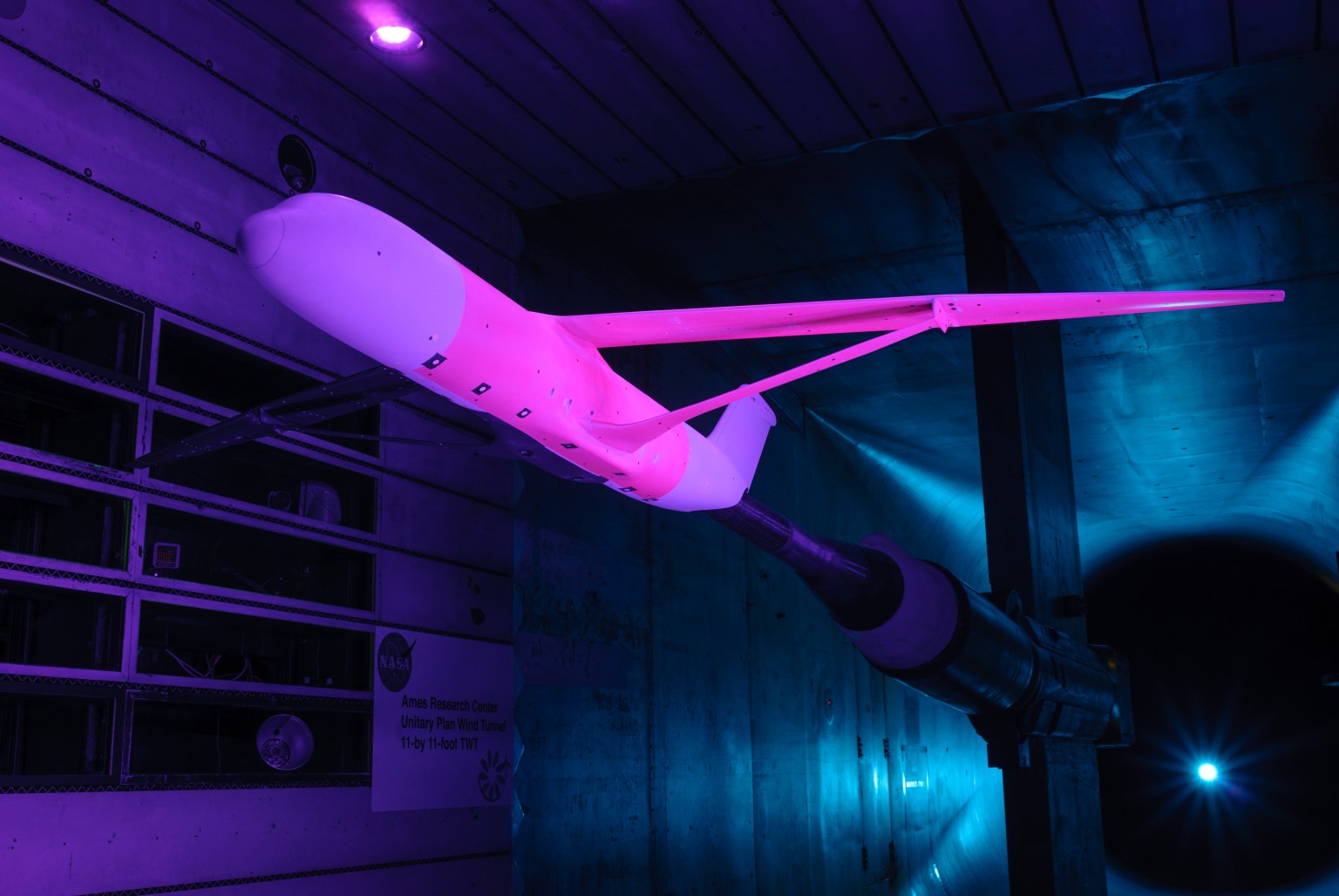
Key Publications
| Publication Title | Author(s) | Source | Type | Year |
|---|---|---|---|---|
| Temperature Sensing to above 1500 °C Using Y2SiO5:Er Luminescence Lifetime Thermometry | Eldridge, Jeffrey I. and Setlock, John. A. and Lee, Kang N. | AIP Conference Proceedings, vol. 3230 (2024) 120002 | Conference Proceedings | 2024 |
| Luminescence decay-based Y2O3: Er phosphor thermometry: Temperature sensitivity governed by multiphonon emission with an effective phonon energy transition | Eldridge, Jeffrey I. | Journal of Luminescence, 214 (2019) 116535. | Journal article | 2019 |
| Monitoring thermal barrier coating delamination progression by upconversion luminescence imaging | Eldridge, Jeffrey I. and Wolfe, Douglas E. | Surface and Coatings Technology, 378 (2019) 124923. | Journal article | 2019 |
| Surface temperature measurements from a stator vane doublet in a turbine afterburner flame using a YAG: Tm thermographic phosphor | Eldridge, Jeffrey I. and Allison, Stephen W. and Jenkins, Thomas P. and Gollub, Sarah L. and Hall, Carl A. and Walker, D. Greg | Measurement Science and Technology, 27 (2016) 125205. | Journal article | 2016 |
Key Patents
| Patent Title | Inventor(s) | Year | Patent # |
|---|---|---|---|
| Temperature and pressure sensors based on spin-allowed broadband luminescence of doped orthorhombic perovskite structures | Eldridge, Jeffrey I. (Inventor) and Chambers, Matthew D. (Inventor) | 2014 | 8695430 |
Discover More Topics From NASA
Optical diagnostics research at NASA's Glenn Research Center
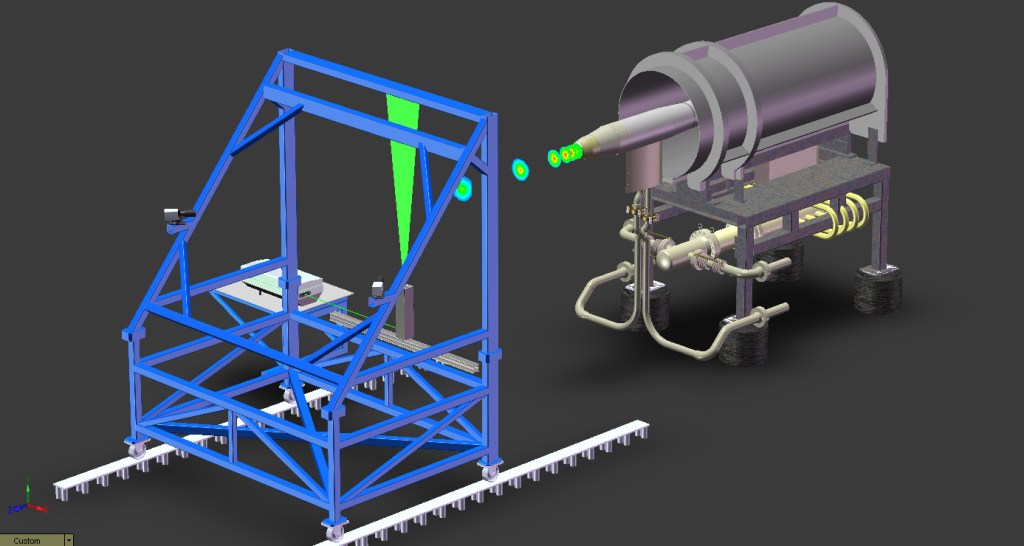
Flow Field Diagnostics
NASA is advancing Flow Field Diagnostics by developing and applying cutting-edge measurement techniques to study aerodynamic and propulsion systems.
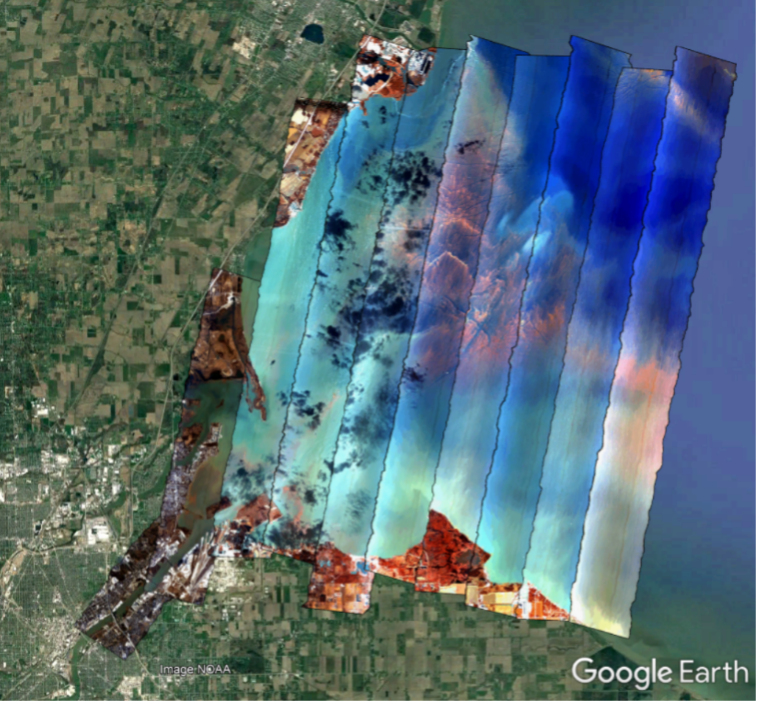
Hyperspectral Imaging
NASA’s hyperspectral imaging aids the monitoring of Lake Erie and nearby harmful algal blooms (HAB), improving bloom tracking, early detection, and response.






